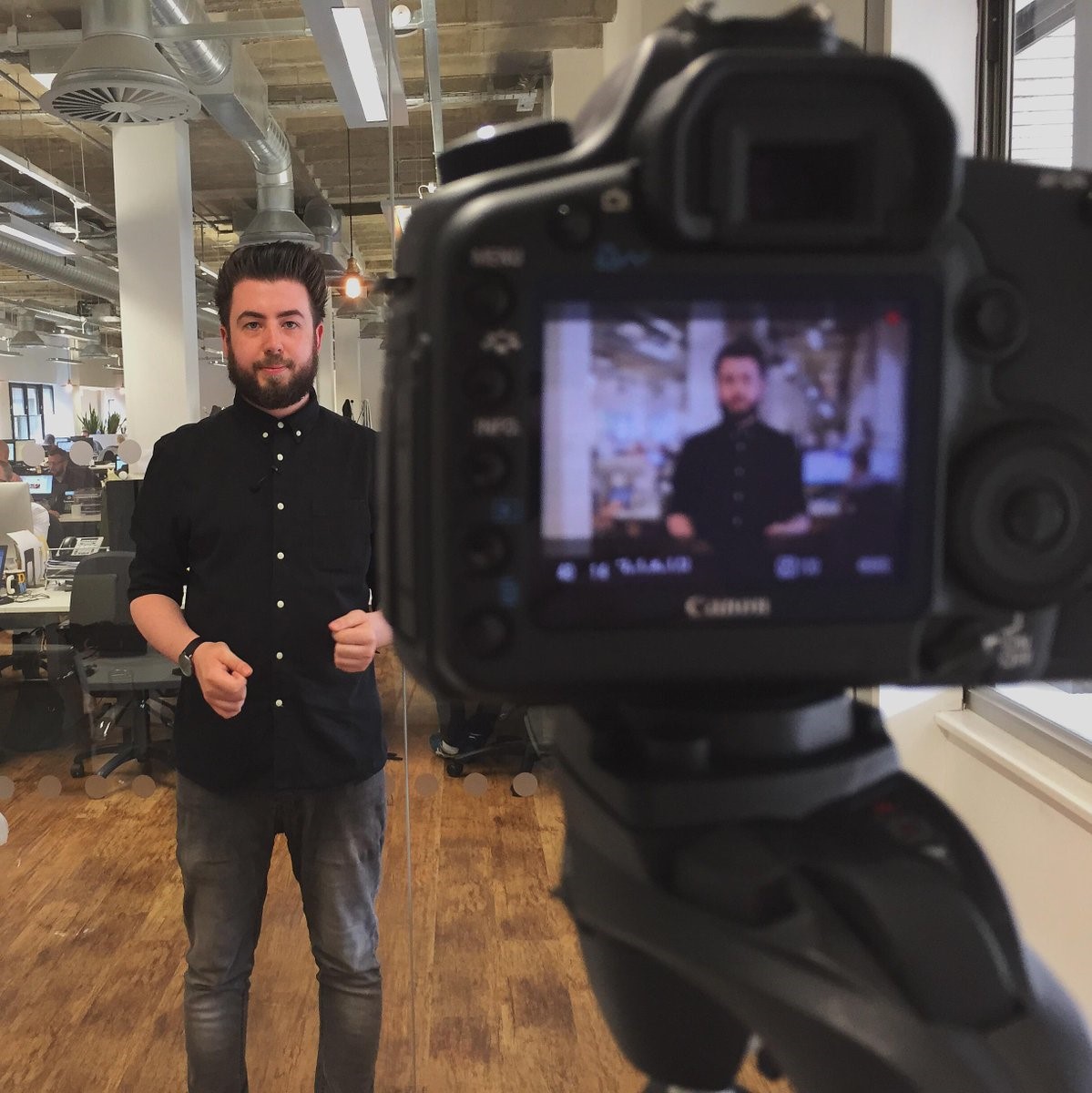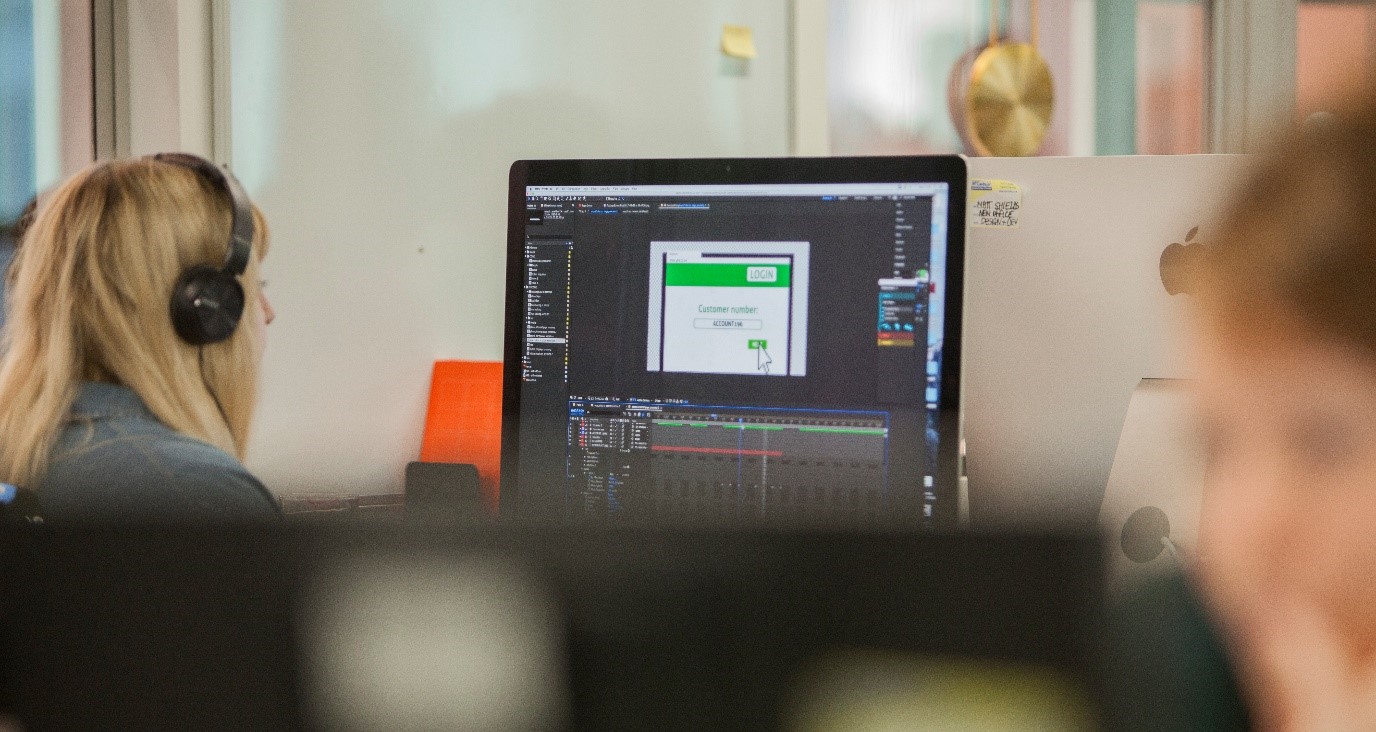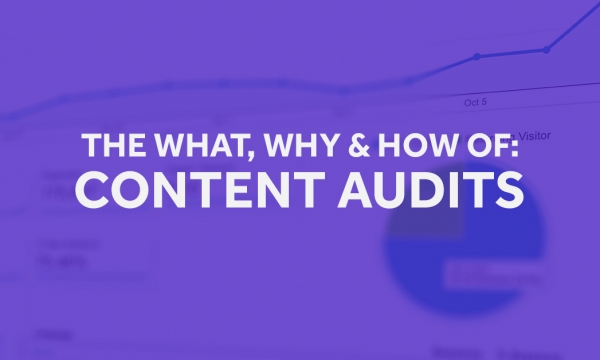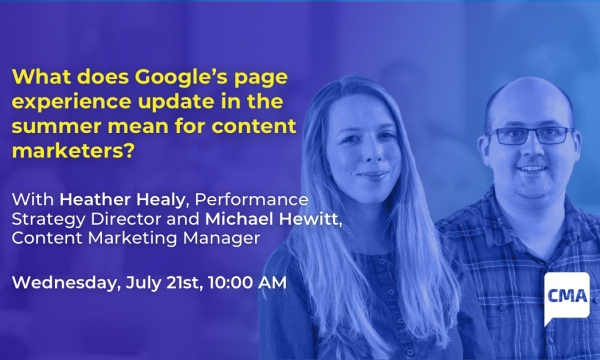What does it take to get your content found on YouTube? James Pierechod shares some of his experiences and takes a closer look behind YouTube’s ‘P-score’.
It’s an extremely competitive space on YouTube. Getting in-front of your audience is far more involved than simply posting your video and watching the views roll in.
Latest figures suggest over 400 hours of video is uploaded to YT every single minute, with over 2 billion active users each month. You Tube is the second largest search engine online, with over 70% of us ‘tuning in’ every single day.
YouTube Videos drives a 157% increase in organic traffic from SERPs (Wordstream, 2018), making it one of the most effective channels to increase brand advocacy, engagement, and visibility, but how we do this is a complex branching network of; organic Video SEO optimisations, brand / channel authority, deployment regularity, engagement, and viewership.
Its not a “one fix wonder” to achieving (dare I say it) “virality” – but an iterative process of creativity, development, sustained optimisation and engagement.
What we can do is start build these ranking factors into our video content strategies early on in our production process. Allowing the initial audience demographic data, strategy growth, and community development to fuel our creative processes. Ensuring everything we produce is working towards the channels’ development, and the content being created is inline with our Brand’s right to talk about it (EAT).

There are three areas to focus on when developing video content discovery, and these branch into multiple creative and production considerations. These are semantic or humanistic intent, paid distribution and algorithmic delivery.
Semantic and humanistic interaction is the non-digital side of things. This includes the creative psychology of thumbnails, the semantic search queries, and community sharing – beyond that of algorithmic optimisation and recommendations.
Paid distribution is the mechanism by which brands can pay to increase and amplify the reach of their message. It’s very easy for your message to become lost in the sheer volume of content being created, so a targeted, and optimised paid distribution model (as part of your deployment strategy) can be beneficial to give your campaign the appropriate initial launchpad. This initial (targeted) push ensures the content is reaching the desired audiences and it helps YouTube understand viewer intent, content popularity, and narrative classifications.
Algorithmic factors are the(ever changing) digital ranking factors used by Google (Preference Score for advertisers) to help classify and categorise the billions of hours of video hosted on YouTube.
This classification applies to your channel & domain content, legacy video content, community engagement & reactions, as well as the video you are currently uploading, and the overall ranking landscape is an iterative reflection of this.
Introducing the Preference Score (for advertisers)
Known as their “P-Score” - You Tube uses a variety of proprietary factors to help classify the top new video content, optimise and promote relevant and engaging video content from all content publishers all the time.
This “always-on” approach to iterative channel and content classification allows new channels, content and publishers to enter this crowded space at any time without having to rely solely on a paid deployment model.
Content (and more importantly publishers) are judged on their viewers’ engagement, reactions, and repeat visits, their audience platform (device preferences), typical viewing windows, and geographic tendencies, as well as their content (passion and production quality).
So what do we know about YouTube’s ranking algorithm?

This is the algorithmic categorisation methodology used to help content publishers grow their audiences, content visibility, and channel popularity through sustained content creation, community engagement, and production.
YouTube (Google) has multiple ranking factors all working to optimise and categorise your video content to suit your audiences. These factors are, in the main, a closely guarded secret and although Google has published ‘best practice’ guidance in the past, relatively little is publicly discussed in terms of what Google is looking for and how it determines what is worth ranking, and what is not.
But this best practice guidance, as well as some common sense and collective wisdom from the SEO and content creator communities, does give us a useful checklist to work with and, whilst not an exhaustive list, it at least allows published to ensure that they are giving our content the best possible chance of success.
Authority
There are a number of factors that determine authority. These include domain optimisation (ie, how well optimised your channel homepage is), external links (both the quantity and quality of those links) and the embed authority of curated video content - in other words, are people seeing your content as something that speaks with authority on the subject, are important factors in this regard.
Trust
Closely linked to authority, YouTube wants to determine whether your content can be trusted by its audiences. To do this, it will look at factors such as viewer and subscriber counts, the channel legacy (the age of the channel) and AdSense interactions. Channels and videos that score highly in this regard will be considered as more trustworthy.
Relevance
As marketers, we sometimes talk about the ‘Ronseal’ test – does it do what it says on the tin? This plays an important part in establishing relevance.
So make sure that your channel and video names, descriptions and keywords actually relate to the content and make it clear exactly what the content is about.
Frequency of deployment
YouTube is looking for channels that upload content regularly, as it looks for signs that channels are active and that content is fresh, up-to-date and relevant.
Think about the regularity of content creation and deployment, how you classify different varieties of content (episodic / serialisation of content), playlist optimisation and how one piece of content flows into and supports other pieces of content.
Increasing the visibility of legacy content
The principles for legacy content are very similar, but YouTube applies other tests to this content to determine whether that content is still relevant and valuable.
Viewer data is one such metric, so the number of views that a piece of content is receiving, even if that content was uploaded some time ago, is a consideration. Click-rate from Google organic search and video production quality are also important considerations.
How a channel or video retains its audience also plays a part. This includes relative audience engagement (per video), absolute audience engagement (channel), length of videos, proportion of content viewed (engaged & discovery) and the speed of viewership in subscribed content.
Community engagement factors are also considered. This includes on-site factors, such as thumbs up : thumbs down ratios,, comments and favourites, as well as off-site and social interactions – shares, Tweets and so on.
New uploads
For new uploads, there are a number of checklist items to follow to ensure that you are meeting this best practice guidance. These include:
- An appropriate video filename (prior to upload). Don’t simply name your file ‘video00001.MP4’. Name it something relevant.
- A relevant video title.
- Clear and descriptive video descriptions.
- Include outbound links in the descriptions.
- Relevant and optimised keywords – effectively the ‘meta data’ for your video.
- Keyword relevance (in relation to channel, content, transcription, and legacy video content).
- Efficiency in deployment (all tags, thumbnails, assets, deployed together).
- Transcription – don’t rely on YouTube’s automatically generated transcripts.
- YouTube cards.
- End Screens.
- The deployed content technical quality (4K, 360 video, compression methodology).
- Video Content quality (camera work, cinematic production values).
This can be a daunting task, however by considering these factors (regularly) as part of your marketing / Content strategies, and using this data to help inform and curate your video content creative, you can ensure your content is created, produced, and deployed with your audience and an algorithmic optimisation as the key driver.


